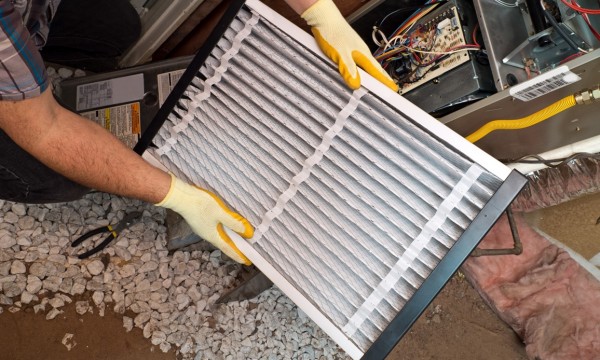Simple Steps for System Care
If the thought of maintaining your forced-air heating system fills you with dread, relax. There are simple steps to take care of it.

July 27, 2015
If the thought of maintaining your forced-air heating system fills you with dread, relax. There are simple steps to take care of it.

A thorough cleaning of your furnace blower should be part of your annual service. If you do it yourself, take care of the following for effective cleaning:
As part of an annual service, the blower motor on an older furnace should be lubricated. If you are doing the job yourself, you need to know that most of these motors have small visible oil ports covered with caps or rubber plugs.
In older furnaces, the blower has a belt that connects the cage to the motor. If you hear squealing or if the airflow seems weak, the belt may need inspection.
A final note on uneven heating; you can alter this by adjusting registers but a more efficient way is to change the dampers within ductwork. Dampers are flat panels that pivot inside the duct to control the airflow and are usually located close to where the ducts branch. They are adjusted by a handle on the outside of the duct. You may find that balancing a forced-air system can take a couple of days so make sure you have the time to do it thoroughly.
Simple Method
Get hold of a few inexpensive same-model thermometers and place one in the middle of each room at table height. Following this, open all the registers and dampers. Set the thermostat to 20°C (68°F). and start the furnace. After a half-hour, partly close the dampers for the warmest rooms. Continue to readjust the dampers until each room is at the desired temperature.
Recording Results
When you finish, mark each damper handle's position. If the system also cools, balance it separately for the cooling season. This is vital for an efficient forced-air heating system as a room that catches the sun may need more airflow to cool down in summer than it needs to warm up in winter.
Maintaining your forced-air heating system is a multi-staged task which needs attention. If you follow the necessary steps, you will have a comfortable home all year round.
Easily retrieve their info anytime you need it on any of your devices